Shuo Phoebe Li
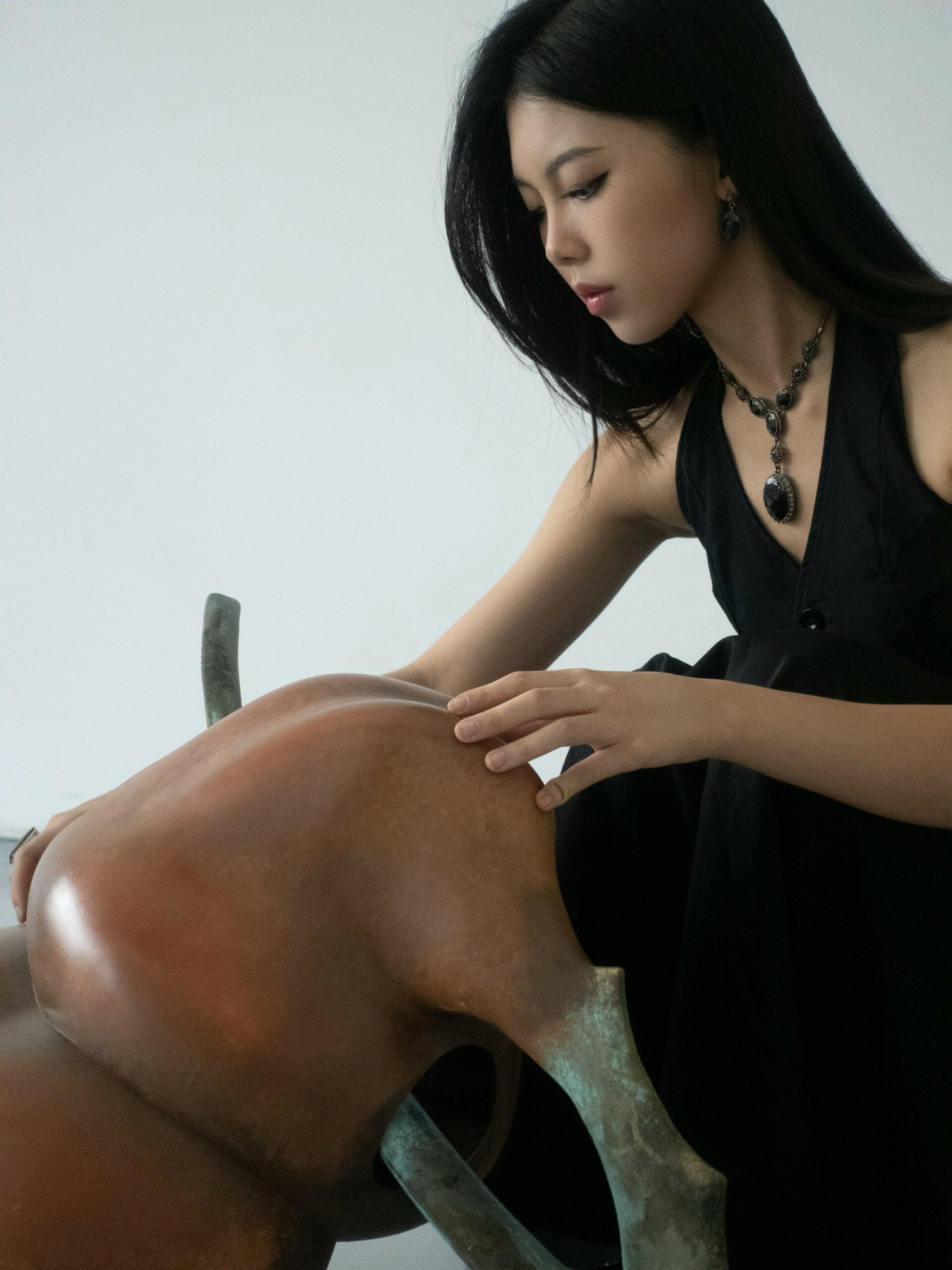

We had the good fortune of connecting with Shuo Phoebe Li and we’ve shared our conversation below.
Hi Shuo Phoebe, can you share a quote or affirmation with us?
My favorite affirmation is “Be confident with uncertainty, be chill with alert.” This motto resonates deeply with me, especially through the lessons I’ve absorbed in the process of creating ceramics. In ceramics making, the colors that emerge from the kiln are beyond control, a beautiful unpredictability that defies attachment to outcome or obsession with mastery. To truly embrace the craft, I’ve learned to release the grip of control, to let go of expectations, and to accept failure as a natural part of the flow. The work finds its own path—shaped by its own fate—emerging from the kiln to take its place in the world.
This philosophy has guided not only my artistic practice but also my approach to life. It reminds me not to hold everything too tightly or to take things too seriously. When I allow myself to be at ease, when I create without the burden of purpose, inspiration flows naturally, and meaningful work emerges organically. This affirmation protects me from the trap of creating for the sake of creating, grounding my practice in authenticity and joy. It is both a guiding principle and a gentle reminder to trust the process, whether in art or in life.
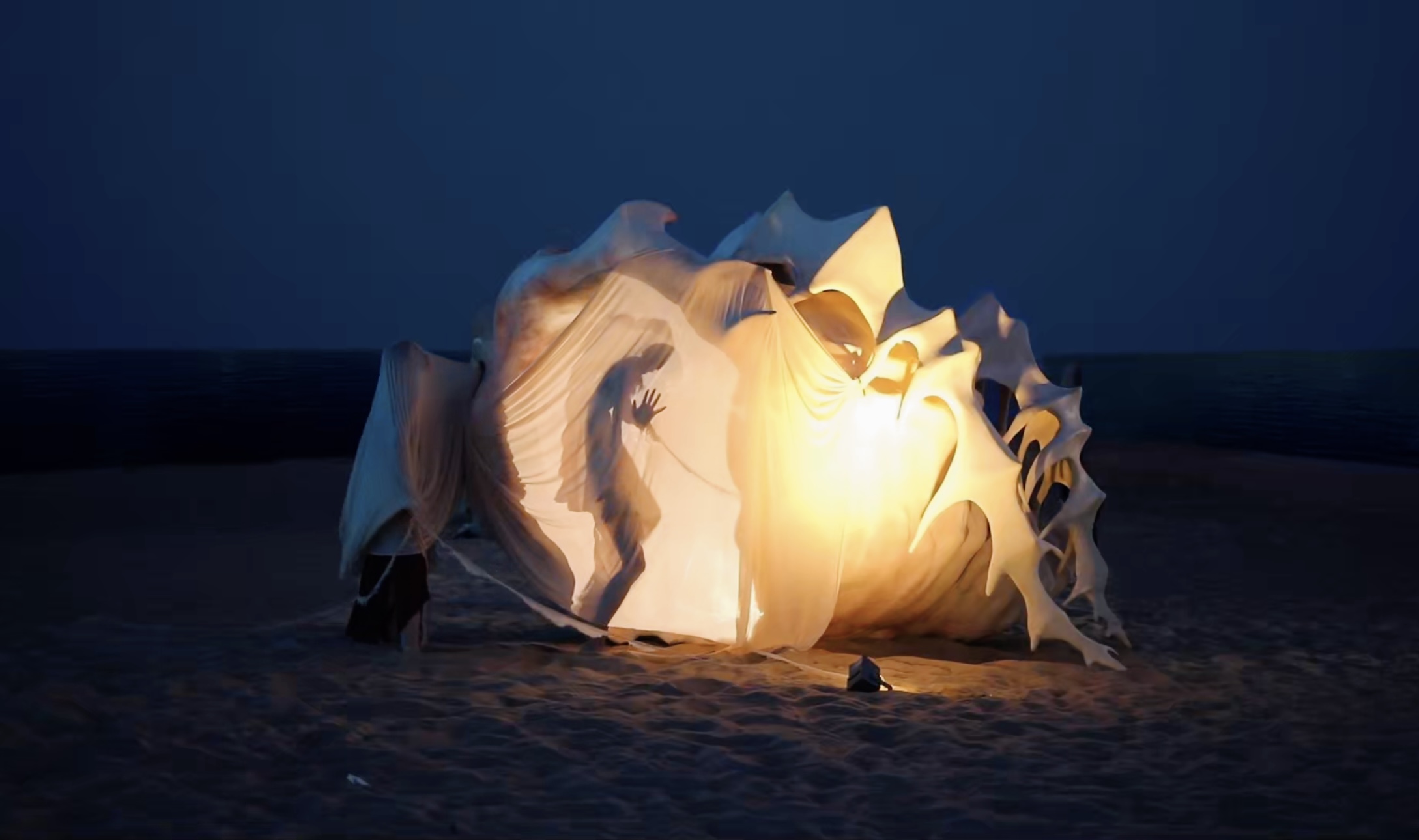
Let’s talk shop? Tell us more about your career, what can you share with our community?
My artistic practice emerges at the intersection of site-specific installation, sculpture, and performance, driven by a fascination with the ways contemporary social structures transform and alienate the human body. I see these structures as “double-edged knives,” simultaneously shaping and disciplining the individual while exposing the vulnerabilities that arise from a loss of subjectivity. Through a dialogue between geometric precision and organic fluidity, my work deconstructs and then reconstructs the body, probing how societal systems inscribe themselves onto the individual and collective experience.
My approach takes “reality” as its model, integrating unique physical and conceptual elements to explore the interplay between structure and resistance. I am particularly interested in the plasticity of the human form and spirit—how individuals both accept and challenge the hegemony of institutions. By reshaping the body just like a solid melts itself to fit into another shape of vessel, I reveal the invisible tensions within the social order, inviting viewers into a conceptual flow where change and resilience coexist.
In my recent sculpture “Melting! But Still Sharp in Somewhere”, I reflected on the elasticity of the human body and its ability to endure and adapt under pressure. This piece was born from my experience in Nepal, where I endured a 12-hour bus ride through rugged terrain to reach a remote commune. Sitting in a cramped, poorly equipped public bus, I was struck by the resilience of my body, forced to bend, twist, and conform to the limits of space. This visceral encounter inspired the fluid yet angular forms of “Melting”—a visual metaphor for the ways societal constraints mold and reshape us, while highlighting the hidden power of the body to adapt and find equilibrium, even in the most confining circumstances.
Another ceramic work, accompanied by a performance, titled “The Plants Growing from the Body,” draws inspiration from an intimate and secretive habit of mine. On sleepless nights, I find myself tangling my hair—a ritual that soothes my restlessness and lulls me into sleep. This repetitive action serves as a meditative dialogue, prompting me to reflect on the intricate relationship between my body and my hair. Am I merely the source, the fertile ground nourishing these strands whose roots are buried in the soil of my flesh? Or does the hair, with its seemingly autonomous agency, possess the power to pacify, to exert control over me? The work explores this symbiotic yet paradoxical dynamic, where the boundaries between the giver and the receiver, the nurturer and the nurtured, begin to blur. Through ceramic forms and performative gestures, the piece embodies this tension—an intimate interplay of dependency, control, and connection.
What sets my practice apart is a commitment to addressing the fragility and strength of the human form in relation to the ever-shifting demands of society. My works create spaces for reflection, encouraging viewers to question how is their relationship among their own bodies, internal self, and the society. Through the transformation of material, space, and form, I aim to evoke the delicate balance between conformity and resistance, vulnerability and power. My journey as an artist is rooted in these explorations—deeply personal yet universally resonant—and I remain committed to unveiling the unseen forces that shape our existence.

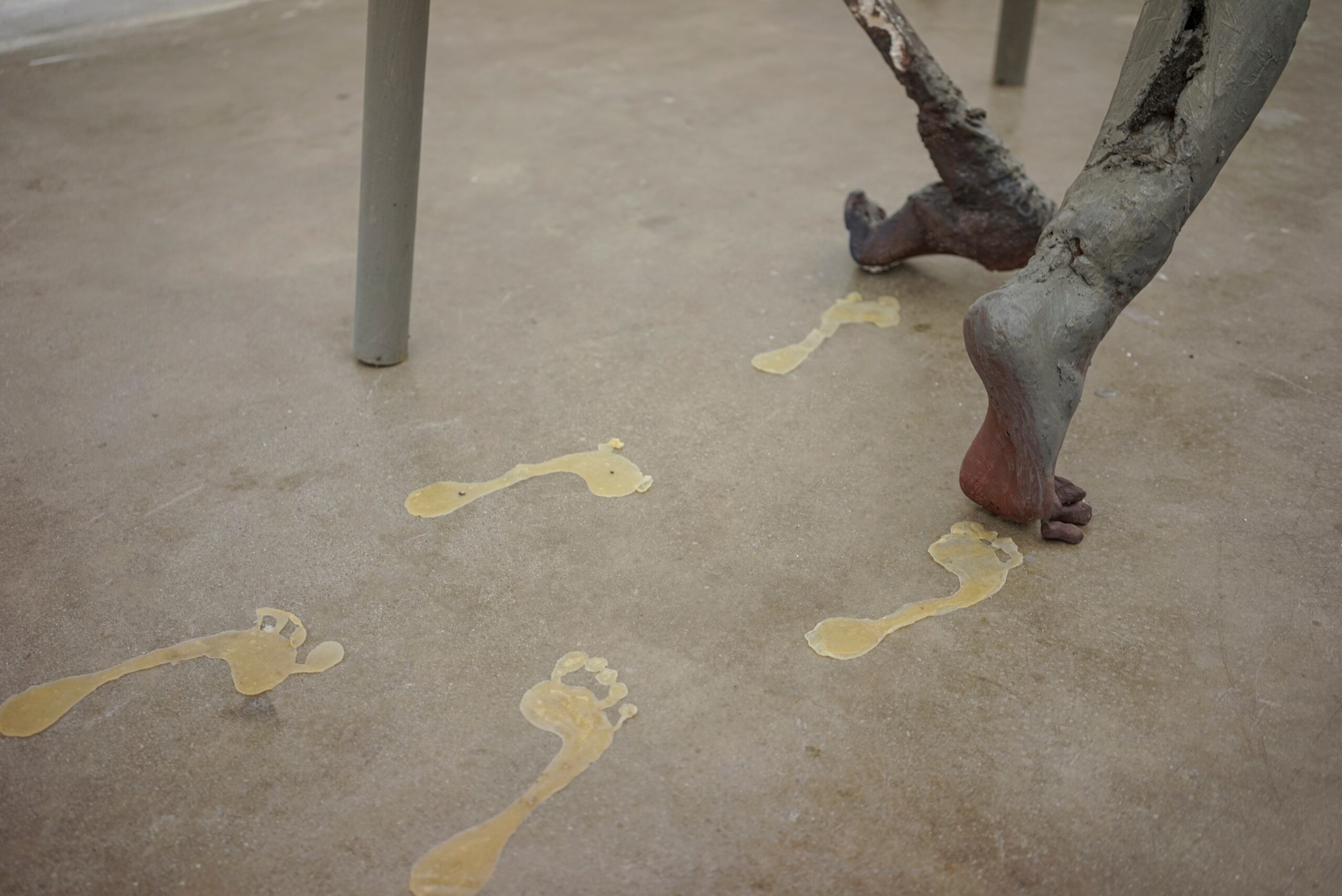
If you had a friend visiting you, what are some of the local spots you’d want to take them around to?
If my best friend was visiting my hometown in Hong Kong, I would craft a journey not just to show her the sights but to immerse her in the uniqueness of the city, which in the daily things in life that people usually ignore. Specifically, I want her to experience the poetry embedded in the mundane, to observe the “melting people” of the city—those whose lives dissolve seamlessly into their environments, shaped by their work, their routines, and their aspirations.
We would begin with a leisurely breakfast at a bustling dim sum restaurant, savoring the warmth of steamed buns and sipping Chinese hot tea while the city awakens. Then, as the sun climbs higher, we would walk through a construction site—not as tourists, but as observers of the sunlit workers. Their darkened skin and callused hands reflect a life of physical toil, their bodies blending into the dust and concrete of their surroundings, becoming one with the city they help build. These workers, both resilient and forgotten, are artists in their own right, crafting the skeletal frameworks of urban dreams.
The subway would be our next stop. Amid the rush of young professionals and students, we’d watch as smartphones claim their focus. I’d point out the pinkies bent unnaturally from holding phones too long, a subtle, modern deformation that tells a quiet story of technological obsession. My friend and I would marvel at how these small details carry the weight of a cultural shift—a physical manifestation of the digital age’s grip.
Later, we’d visit a university campus and sit quietly in a library, watching students hunched over their books and laptops. Their bent spines and weary expressions embody the immense pressure to succeed, their postures whispering tales of ambition and sacrifice. In their rigid, repetitive routines, I’d show my friend the ways in which the body becomes a vessel for societal demands, a physical map of struggle and perseverance.
Through it all, my intention would be to reveal the unspoken stories etched into the people’s bodies and movements, inviting my friend to see my hometown not just as a place but as a living, breathing canvas of humanity. Together, we’d uncover the beauty and fragility of lives intertwined with the city’s ever-shifting landscape.
Shoutout is all about shouting out others who you feel deserve additional recognition and exposure. Who would you like to shoutout?
I want to give a shoutout to my best friend, Jessica Xu. She is my biggest supporter and always helps me in countless ways, including discussing ideas with me, documenting my work through videos and pictures, and being my biggest fan by often promoting and complimenting my work in front of others.
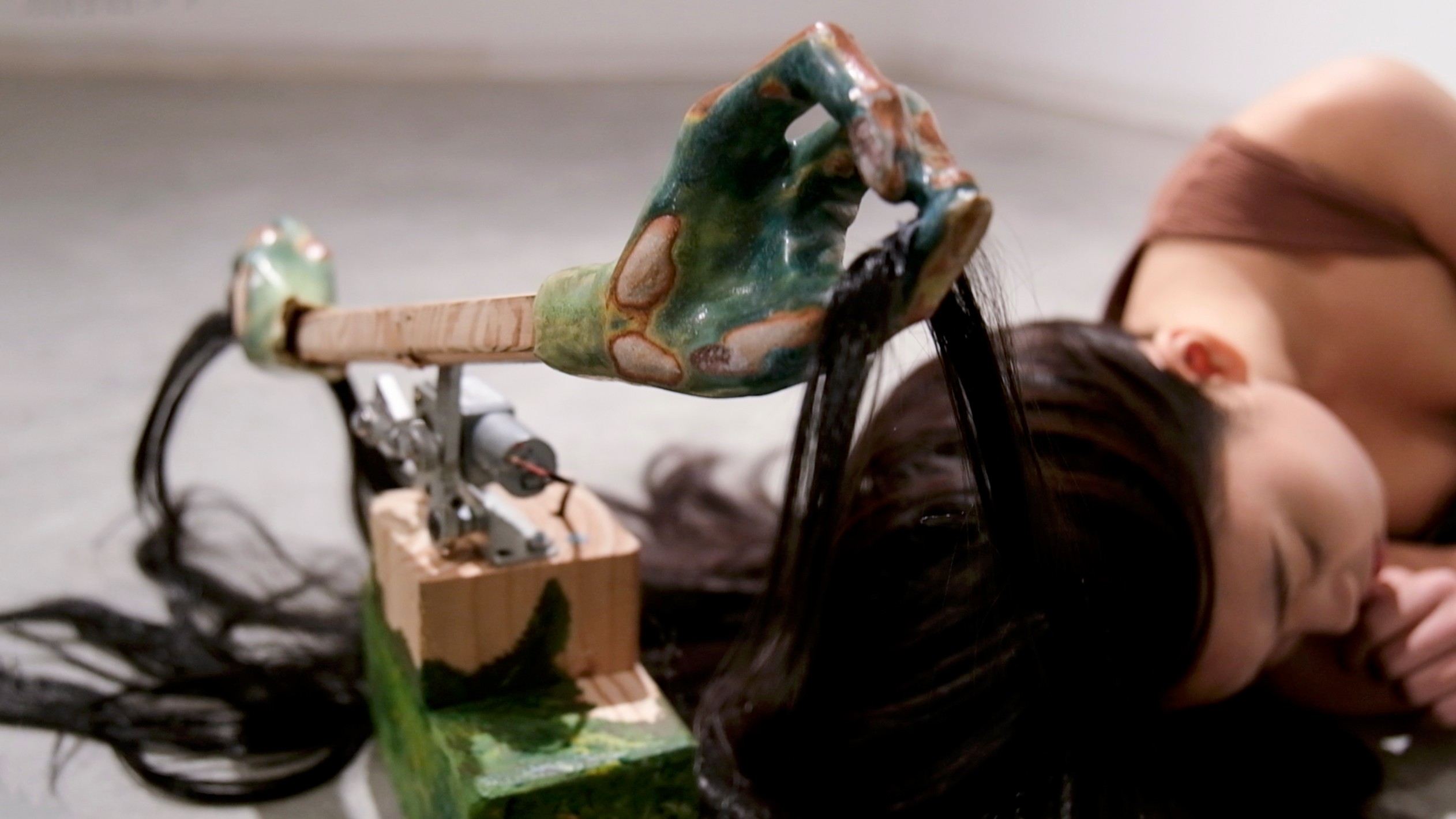
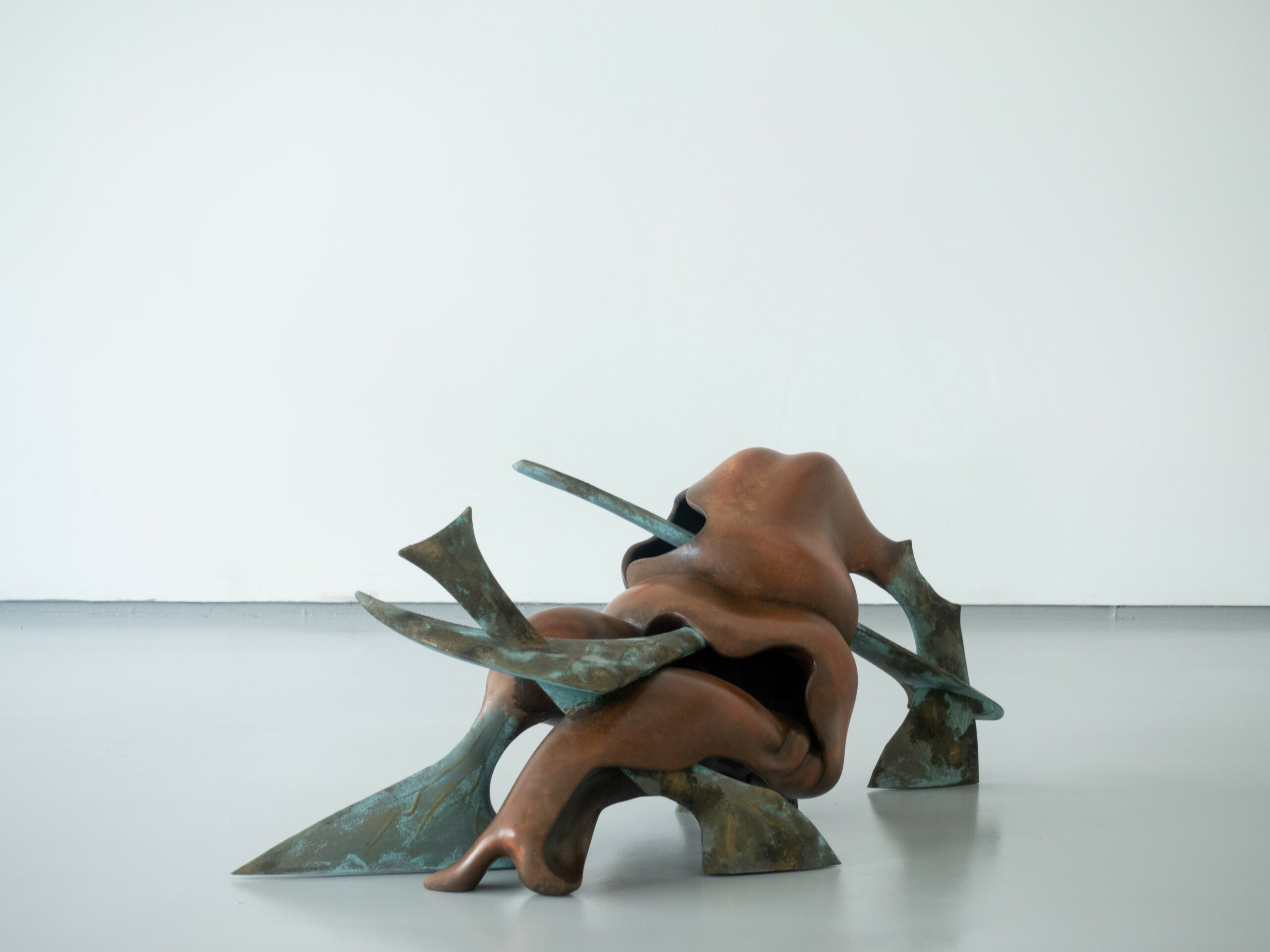
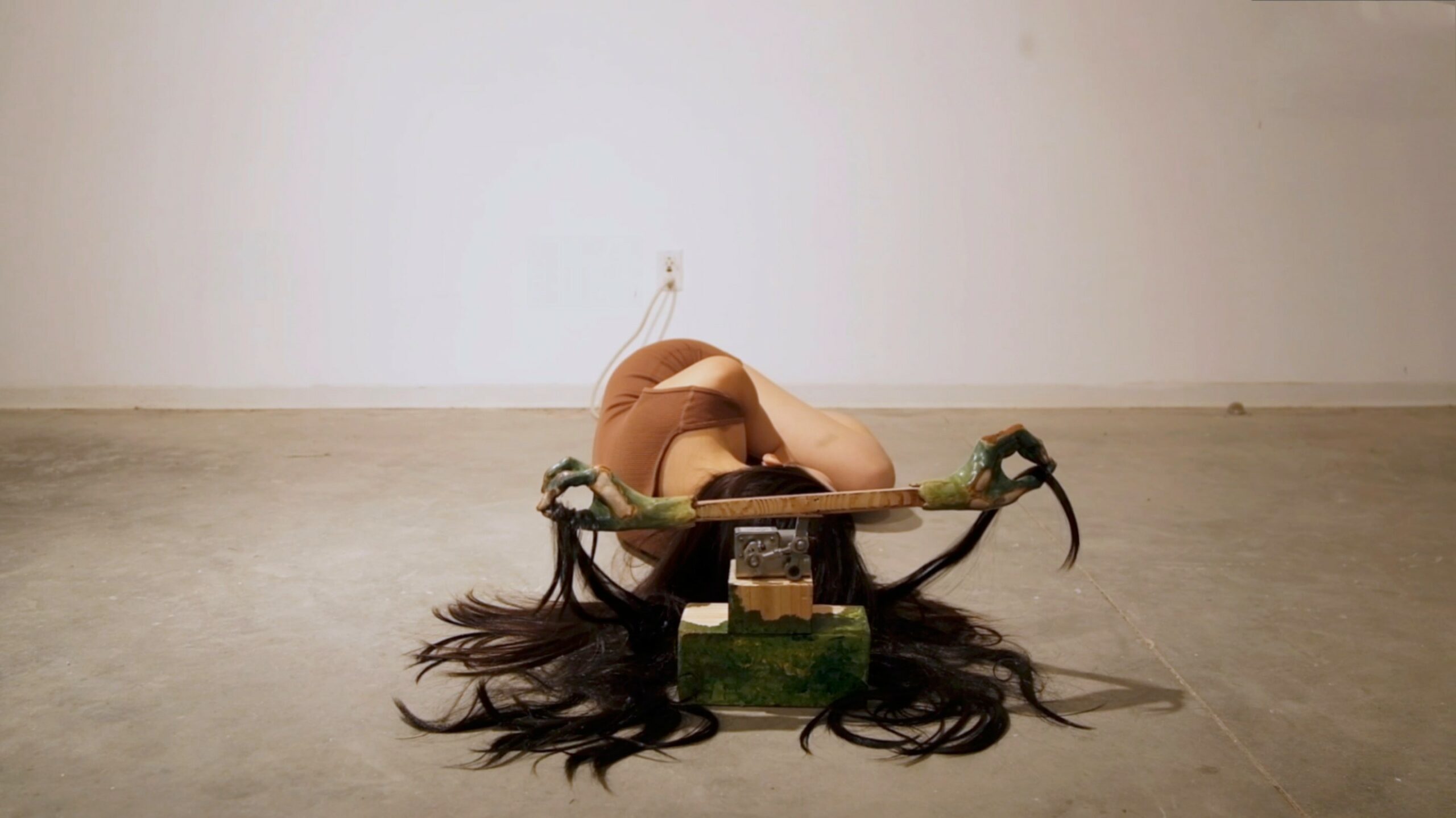
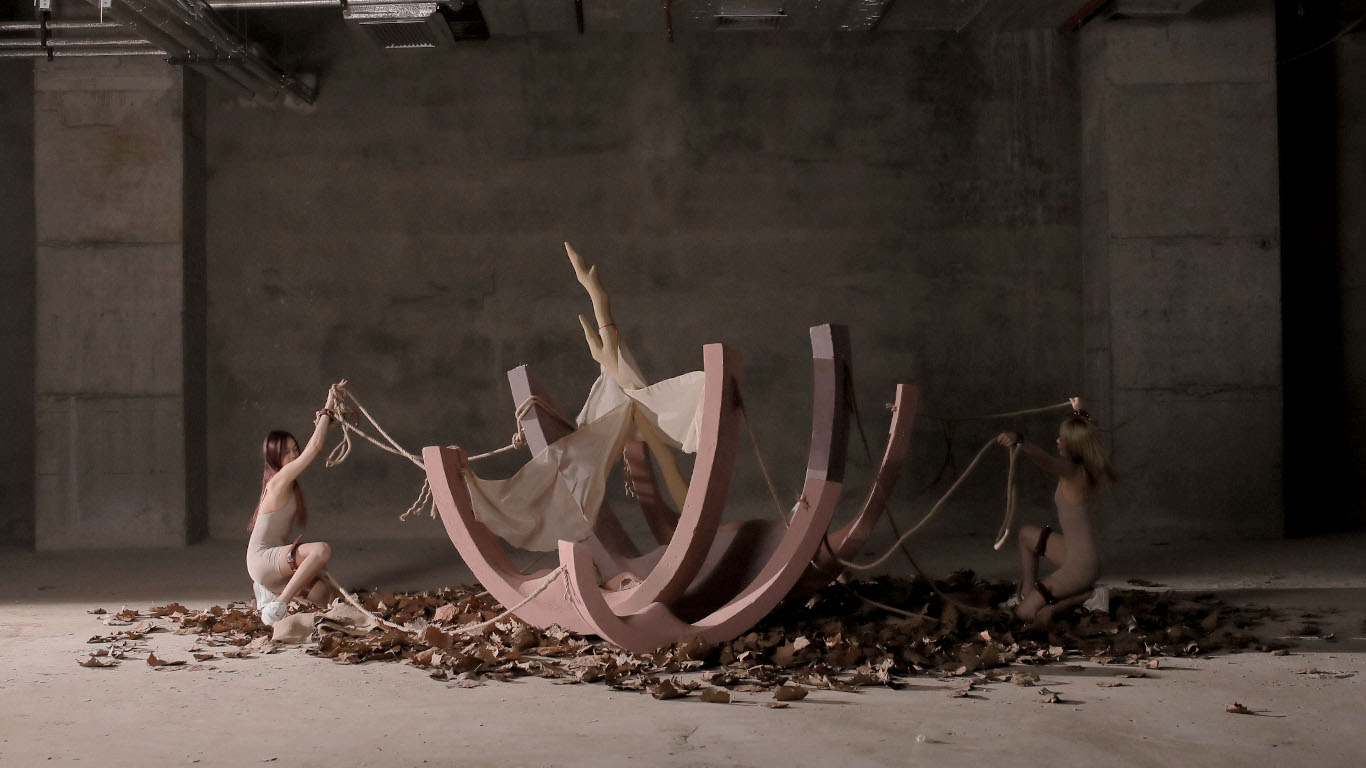
Website: www.phoebeli.net
Instagram: phoebelii_
Linkedin: Shuo Phoebe Li
